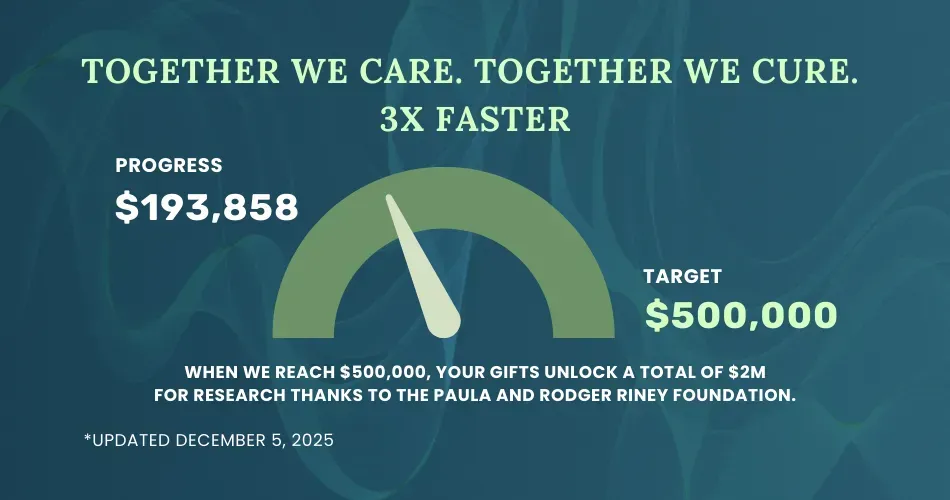What are the different MDS types?

Myelodysplastic syndromes are a group of blood disorders that affect how bone marrow makes blood cells. MDS can lead to low blood cell counts (cytopenia), and the cells in bone marrow not developing properly (dysplasia). MDS can also increase the risk of developing acute myeloid leukemia (AML) later on.
In 2022, the World Health Organization (WHO) updated the classification of MDS to better understand the disease.
MDS with defining genetic abnormalities:
- MDS with low blasts and isolated 5q deletion (MDS-5q)
- MDS with low blasts and SF3B1 mutation (MDS- SF3B1)
- MDS with biallelic TP53 inactivation (MDS-bi TP53)
MDS, morphologically defined (structural abnormalities in the cells):
- MDS with low blasts (MDS-LB)
- MDS, hypoplastic (MDS-h)
- MDS with increased blasts (MDS-IB), MDS-IB1, MDS-IB2
- MDS with fibrosis (MDS-f)
Childhood MDS:
- Childhood MDS with low blasts (hypocelular and not otherwise specified)
- Childhood MDS with increased blasts
The WHO classification system of MDS is based on clinical features, peripheral blood, bone marrow findings, and cytogenetic analysis. This classification of myeloid neoplasms also includes another diverse mix of neoplasms that share some features with myelodysplastic syndromes and can be treated similarly.
Chronic myelomonocytic leukemia (CMML)
- Myelodysplastic/myeloproliferative neoplasm with neutrophilia
- Myelodysplastic/myeloproliferative neoplasm with SF3B1 mutation and thrombocytosis
- Myelodysplastic/myeloproliferative neoplasm, not otherwise specified
The WHO classification system helps healthcare professionals to provide more accurate diagnoses and implement personalized treatment strategies. Collaborative efforts between researchers, clinicians, and patients will further our understanding of these disorders and drive progress toward improved treatment options and, ultimately, better outcomes for those affected by Myelodysplastic Syndromes.
Reference:
https://emedicine.medscape.com/article/2007806-overview?form=fpf
Myelodysplastic syndromes are a group of blood disorders that affect how bone marrow makes blood cells. MDS can lead to low blood cell counts (cytopenia), and the cells in bone marrow not developing properly (dysplasia). MDS can also increase the risk of developing acute myeloid leukemia (AML) later on.
In 2022, the World Health Organization (WHO) updated the classification of MDS to better understand the disease.
MDS with defining genetic abnormalities:
- MDS with low blasts and isolated 5q deletion (MDS-5q)
- MDS with low blasts and SF3B1 mutation (MDS- SF3B1)
- MDS with biallelic TP53 inactivation (MDS-bi TP53)
MDS, morphologically defined (structural abnormalities in the cells):
- MDS with low blasts (MDS-LB)
- MDS, hypoplastic (MDS-h)
- MDS with increased blasts (MDS-IB), MDS-IB1, MDS-IB2
- MDS with fibrosis (MDS-f)
Childhood MDS:
- Childhood MDS with low blasts (hypocelular and not otherwise specified)
- Childhood MDS with increased blasts
The WHO classification system of MDS is based on clinical features, peripheral blood, bone marrow findings, and cytogenetic analysis. This classification of myeloid neoplasms also includes another diverse mix of neoplasms that share some features with myelodysplastic syndromes and can be treated similarly.
Chronic myelomonocytic leukemia (CMML)
- Myelodysplastic/myeloproliferative neoplasm with neutrophilia
- Myelodysplastic/myeloproliferative neoplasm with SF3B1 mutation and thrombocytosis
- Myelodysplastic/myeloproliferative neoplasm, not otherwise specified
The WHO classification system helps healthcare professionals to provide more accurate diagnoses and implement personalized treatment strategies. Collaborative efforts between researchers, clinicians, and patients will further our understanding of these disorders and drive progress toward improved treatment options and, ultimately, better outcomes for those affected by Myelodysplastic Syndromes.
Reference:
https://emedicine.medscape.com/article/2007806-overview?form=fpf

about the author
Jimena Vicencio
Jimena is an International Medical Graduate and a member of the HealthTree Writing team. She has a passion for languages and is currently learning Japanese. In her free time, she loves playing with her cats. Jimena is also pursuing a bachelor's degree in journalism.
More on Navigating Your Health
Trending Articles
Get the Latest Myelodysplastic Syndromes Updates, Delivered to You.
By subscribing to the HealthTree newsletter, you'll receive the latest research, treatment updates, and expert insights to help you navigate your health.
Together we care.
Together we cure.
3x Faster.









